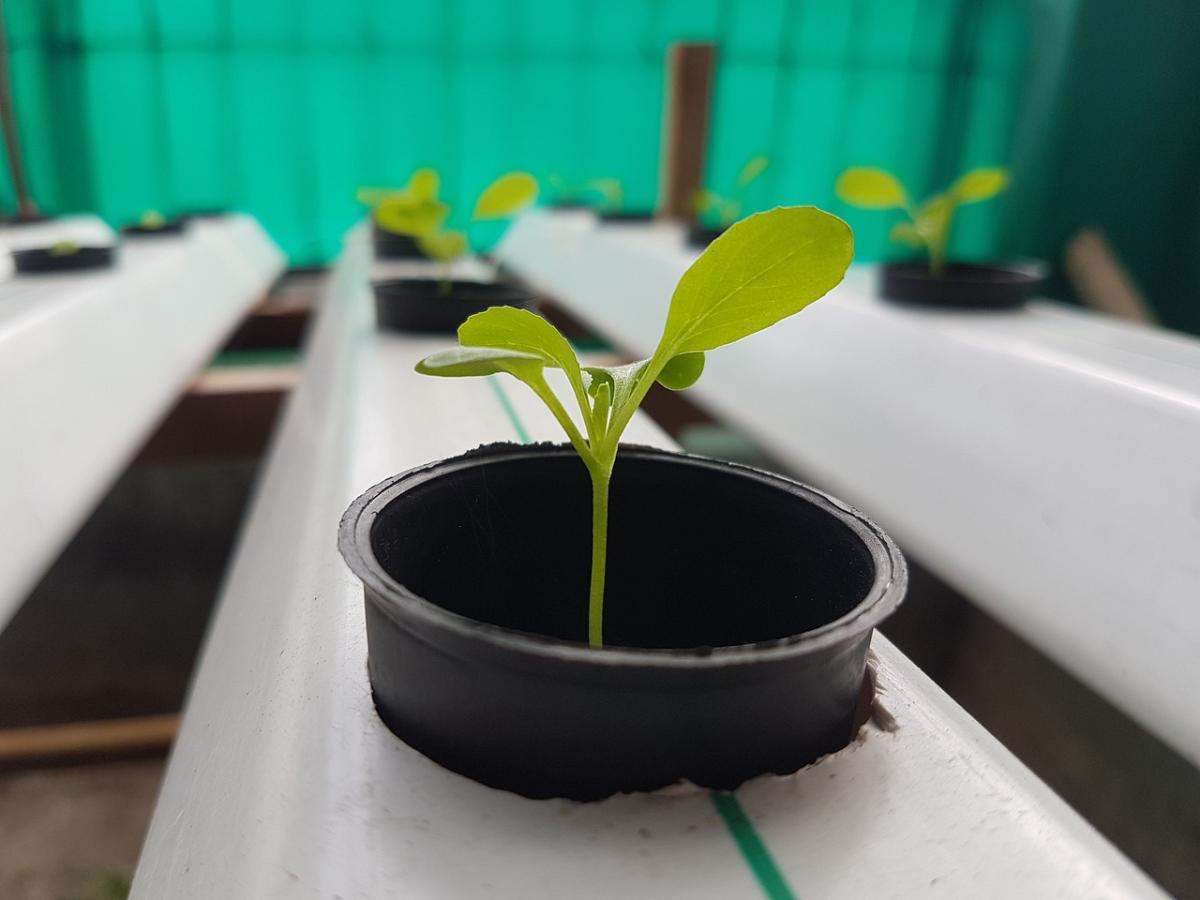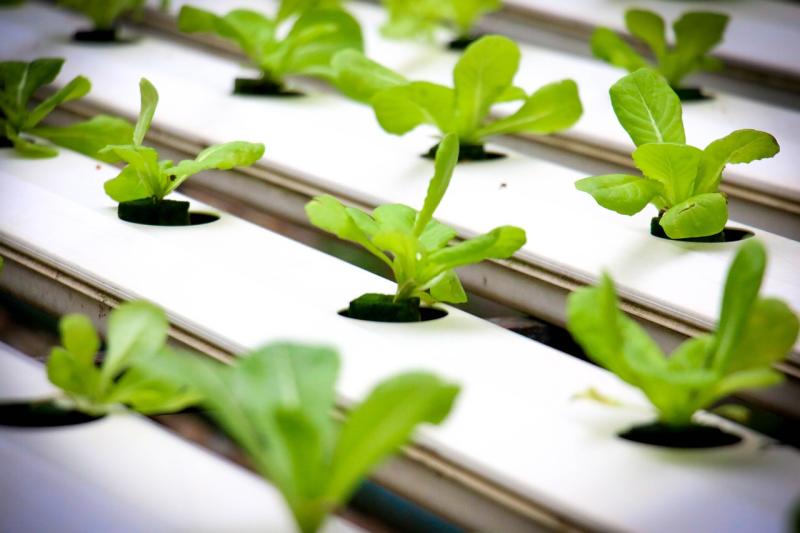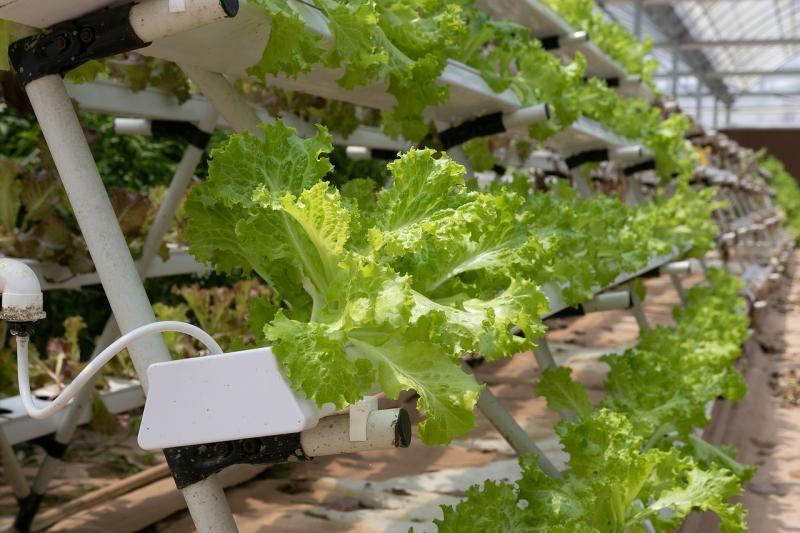If you’ve ever heard the term hydroponic gardening and wondered what it’s all about, you’re not alone! In simple terms, hydroponic gardening is a way to grow plants without soil. Instead, it uses a nutrient-rich water solution to feed the plants directly. This method can be a game-changer for growing fresh herbs, veggies, and even fruits right at home!
One of the coolest things about hydroponics is how efficient it can be. Since plants get everything they need straight from the water, they often grow faster and healthier than they would in traditional soil. Plus, you can set up a hydroponic system just about anywhere, whether you have a big backyard or just a tiny balcony.
There are various types of hydroponic systems, each with its own unique setup. Some popular options include:
Each method has its perks, and the best choice really depends on your space and what you want to grow. Whether you’re looking to grow simple herbs or larger vegetable plants, hydroponics makes it easier than ever to get started on your gardening journey!
Types of Hydroponic Systems Explained
When diving into hydroponics, it's good to know that there are several types of systems to choose from. Each system has its own way of helping plants grow without soil, making it easier to find one that suits your space and gardening style. Let’s break down some of the most popular types!
1. Deep Water Culture (DWC)
In a DWC system, plants sit in net pots with their roots submerged in nutrient-rich water. This setup allows them to absorb everything they need directly from the water. It's simple and effective, making it a great choice for beginners. The key is to keep the water oxygenated, which can be done using an air pump.
2. Nutrient Film Technique (NFT)
NFT systems feature a thin film of nutrient solution that flows over the roots of plants, usually grown in troughs or channels. This method is efficient and uses minimal water since the film recirculates. Just keep in mind that plants need to be checked regularly to ensure they're getting enough nutrients, and the pump needs to run continuously.
3. Ebb and Flow (Flood and Drain)
This system works by flooding the plant roots with nutrient solution for certain periods before draining it back into a reservoir. It mimics natural rainfall and gives roots access to both nutrients and air. The ebb and flow system is very versatile and works well with a variety of plants, making it a favorite among hobbyists and serious growers alike.
4. Aeroponics
Aeroponics takes the soil-less concept to the next level by suspending plants in air and misting their roots with water and nutrients. This method promotes fast growth since roots get plenty of oxygen and nutrients at the same time. It’s a bit more advanced, but if you're looking to experiment, it can be very rewarding!
Key Benefits of Hydroponic Growing
If you’re curious about hydroponic growing, you’re in for a treat! There are so many fantastic benefits to this method that make it appealing for both beginners and seasoned gardeners alike.
First off, hydroponics allows you to grow plants faster. Since the roots are submerged in a nutrient-rich water solution, plants can absorb everything they need without the hassle of soil. You often see results in weeks instead of months!
Another great perk is space efficiency. With hydroponics, you can grow a lot more in a smaller area. Whether you have a tiny apartment or just want to maximize your outdoor space, vertical growing systems let you stack plants on top of each other. It’s a great way to turn unused corners into lush, productive gardens.
Plus, hydroponics uses less water than traditional soil gardening. You’re not losing precious water to evaporation or runoff. The system recycles water, which means not only are you saving resources, but you're also getting healthier plants because they get consistent access to nutrients.
Last but not least, you can enjoy fresher produce. With hydroponics, you can grow your favorite herbs, veggies, or fruits right at home. Imagine snipping fresh basil for your pasta or biting into a juicy tomato just seconds after picking it. It's as fresh as it gets!
Starting Your Hydroponic Garden Today
First things first, choose the right system for you. There are several types of hydroponic systems, each with its perks and quirks. Popular choices include:
Once you’ve picked your system, it’s time to gather your supplies. You’ll need seeds, a growing medium (like rock wool or clay pellets), a nutrient solution, and some containers to hold your plants. Don't forget about lighting if you're growing indoors; LED grow lights are a great option!
As you set up, keep an eye on the pH and nutrient levels in your water. Hydroponics runs on balance. A pH between 5.5 and 6.5 is generally ideal for most plants. Adjust as needed to keep your plants happy and thriving. Remember, it's all about experimenting and adjusting as you go—don’t stress if things aren't perfect right away!



